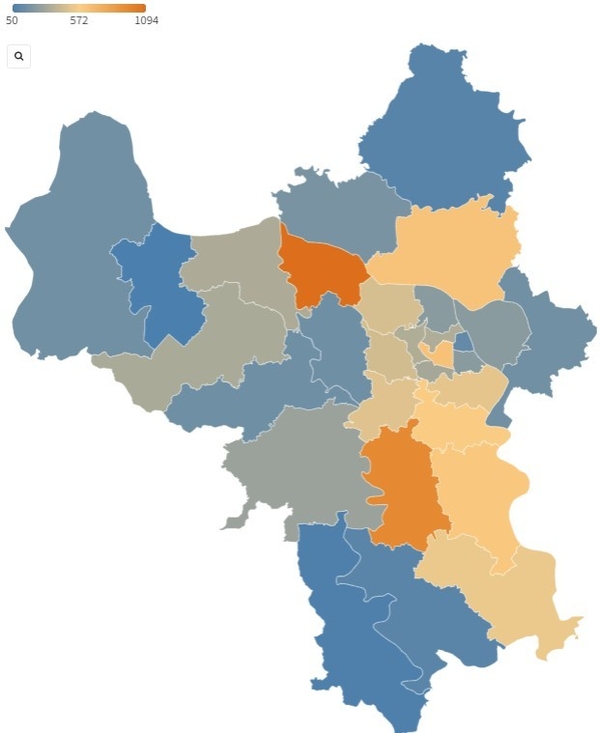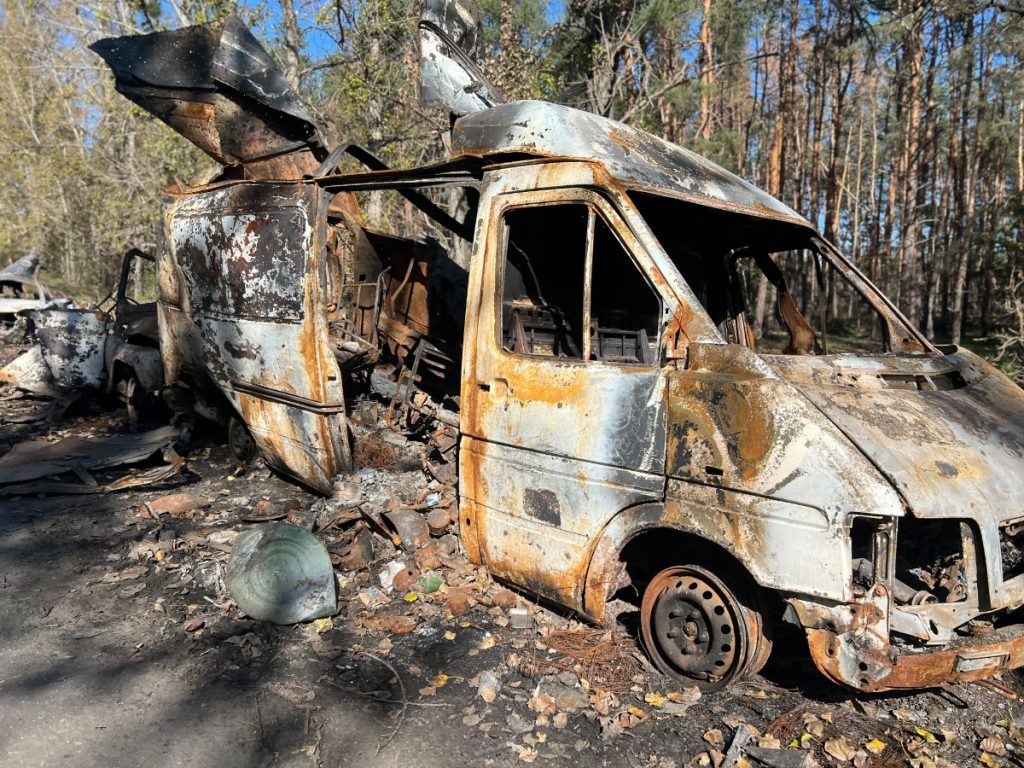Cases of dengue fever in Hanoi are on the rise and many hospitals are overflowing with beds for treatment, forcing patients to lie down or go home.
Thanh Nhan General Hospital is one of the medical facilities in Hanoi where many dengue patients have been admitted recently. The entire hospital treats about 250 people and, in particular, the occupational diseases department has as many as 100 patients.
Dr. Nguyen Thu Huong (Department of Occupational Medicine) said that since the beginning of October, the number of patients has suddenly increased and the beds are still full in all wards. Since the beginning of the year, the hospital has received nearly 1,500 dengue fever patients, of whom 30-40% are seriously ill, including kidney failure, low platelets and elevated liver enzymes.
“Usually, patients with severe symptoms need to be hospitalized. However, because there are so many patients, we have to send them back ‘a little earlier’ the next day to prepare a bed for treatment,” said Dr.
Bach Mai Hospital, a center for tropical diseases, is also overflowing with dengue fever patients. There are up to 6 beds in a ward of around 15m2, each for 2 people, and patients have to share. Hepatitis treatment rooms are used with dengue patients.
Hang Mo (27) was hospitalized because her gums were bleeding on the third day after she had a fever. After lying down for a day, overloading her makes her more tired. “I just want to leave the hospital quickly. I can’t stand this bedside situation anymore,” she said.
Explaining the overload, Cuong said the Tropical Disease Center’s infrastructure was old, outdated, cramped, and lacking materials and machinery. At a time when dengue cases are skyrocketing, this shortage is making patients suffer.
The National Hospital for Tropical Diseases, which is at the forefront of treating infections, has about 90 to 100 inpatients, 10 to 20 a day. In some cases, more than half of patients treated in emergency departments have dengue fever. Dr Pham Van Phuc, deputy director of the intensive care unit at the Central Hospital for Tropical Diseases, said the number of critically ill patients had risen sharply. “Early hospitalized patients have a good outcome and low impact. However, many cases come late and are very difficult to treat,” said Dr. Phuc added that a 31-year-old patient who was admitted to hospital too late on Nov. 5 died of the disease.

▶ Distribution of dengue fever patients in Hanoi
An official with the Hanoi Center for Disease Control and Prevention (CDC) said the number of dengue fever cases continued to rise during the week of Oct. 28 to Nov. 3, with 58 additional cases reported in many provinces, including Hoang Mai, Thanh Oai, Bac Tu Liem, Ha Dong and Thanh Tri said yes The city has recorded more than 10,700 cases and 12 deaths, a 3.5-fold increase from the same period in 2021, due to the dengue fever accumulated since the beginning of the year, and more than 200 cases have occurred in the village of Bung (Tattak). Currently, Hanoi is entering the peak of the dengue epidemic, and the CDC expects cases to continue to increase for the foreseeable future, peaking in November.
Before the rapid rise in dengue cases, hospital representatives said making hospital beds was a difficult problem.
A representative of the Ministry of Health in Hanoi suggested that provinces fight dengue fever in the same way to combat COVID-19.
According to the representative of the Ministry of Health, the most important solution is complete environmental sanitation. This is because many districts and autonomous districts are undergoing urbanization in a densely populated state, and the construction, debris and garbage are not organized, creating favorable conditions for mosquito breeding and rapidly increasing dengue fever.
Dr. Cuong recommends that anyone with severe symptoms go to a medical facility and get tested. Symptoms include low blood pressure, abdominal pain, liver strain, cold hands and feet, vomiting, bleeding under the skin, nosebleeds, bleeding gums, diarrhea, bleeding, and excessive menstruation in women. At this point, the patient must be admitted to the hospital for treatment.
In the case of home monitoring, the doctor says that the patient should not mistakenly prescribe the antipyretic drug paracetamol. Excessive use of paracetamol or too short intervals between doses can have effects on the liver. In particular, dengue fever puts patients at risk by making liver enzymes available. The correct dose of paracetamol is 10-15 mg per body weight. Each dose is taken 4-6 hours apart and uses physical measures to lower the body temperature while waiting for the next dose.


